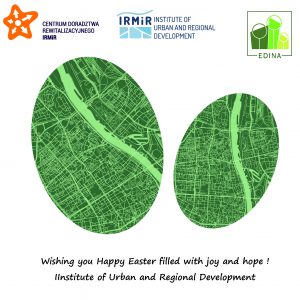The Smart Surfaces Coalition is committed to the rapid, cost-effective global adoption of Smart Surfaces to enable cities to thrive despite climate threats, save cities billions of dollars, create jobs, decrease heat, reduce flood risk, slow global warming, and improve city livability, health, and equity.
Smart Surface solutions
Cities that deploy Smart Surfaces reduce temperatures, save money, and make communities more livable
- Cool Roofs
Cool roofs are light colored and engineered to reflect away most heat—unlike traditional dark colored roofs. When summer sunlight hits a dark roof, 52% heats the city air, compared to 8% for light colored roofs which reflect a lot of sunlight and heat back into space. - Green Roofs
Green roofs are covered in vegetation, which provides shading, reduces building energy use, cleans the air, and absorbs and better manages water. - Trees
Trees decrease temperature by providing shade and transpiring. Trees turn CO2 into oxygen, clean air pollutants, and reduce flood risk by absorbing water during heavy rains. - Solar
Solar PV converts sunshine into electricity and provides shading for buildings, sidewalks, and other public areas. - Reflective Pavements
Reflective (or ‘high albedo’) pavements include light-colored roads, sidewalks, and parking lots. These pavements use a reflective sealant to bounce sunlight and heat away from the city instead of being absorbed by the dark pavement and reradiated as heat into the city air. They also protect the pavement, extending its useful life. - Porous Pavements
Porous pavements reduce stormwater runoff by allowing rain to pass through the surface, recharging groundwater while reducing flood risk. - Bioretention
Bioswales, raingardens, and other forms of bioretention reduce stormwater runoff, risk of flooding and stormwater system overflow by allowing rain to run off into green, porous basins, recharging groundwater. - Combined Surfaces
By combining Smart Surface solutions, cities can maximize the benefits from a single area. For example:
1. Green roofs + Solar PV generate clean energy, reduce building energy use, manage storm water, and clean the air;
2. Porous + cool surfaces reflect heat, capture rain, and clean the air.
The Smart Surface Analytic Tool is a free tool that allows cities to determine the costs and benefits of smart surface adoption in their cities. The analytic engine is based on 6 years of research and development conducted in trial cities including Washington DC, El Paso, TX and Philadelphia, PA—the report Delivering Urban Resilience is the result of this work. The detailed financial model in this report is being expanded for use in all cities with the help of Smart Surface Coalition partners.
For more information please follow the links:
https://smartsurfacescoalition.org/costbenefit-analytic-tool?s=03
https://smartsurfacescoalition.org/analysis/delivering-urban-resilience-full-report




